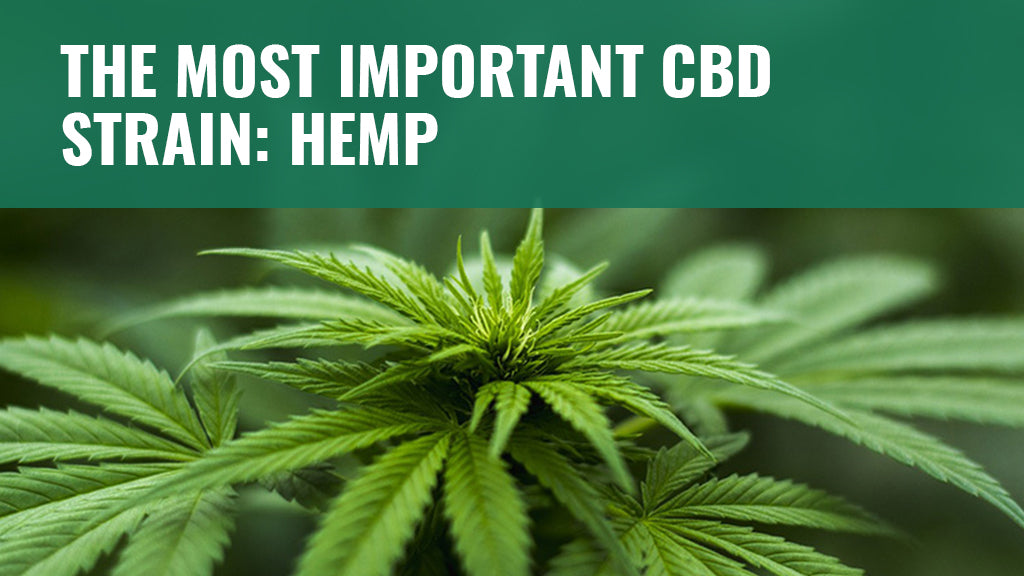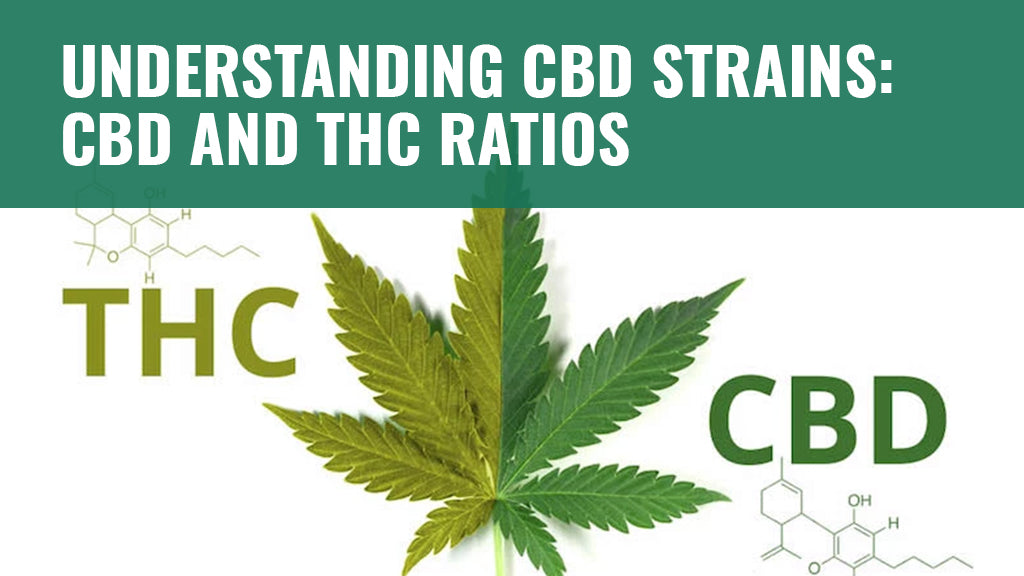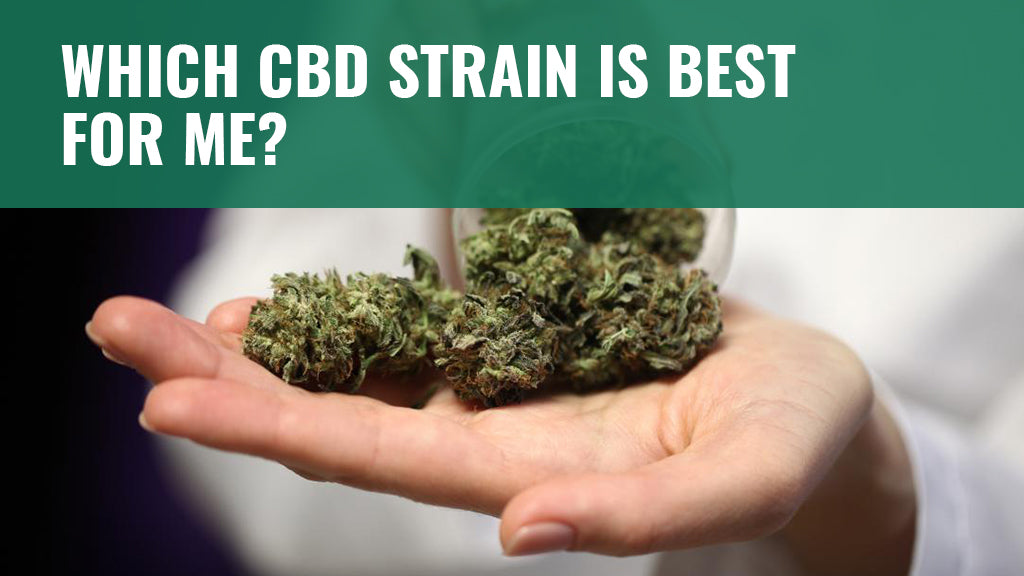
If you’ve spent any time investigating the world of cannabis products, you’ve surely heard of strains.
A strain is a variety of cannabis. Every strain has different characteristics, which begin with the strain’s unique genetics. Cannabis cultivators breed different strains, crossing interesting genetics to create desirable traits.
Strains can vary in size, appearance, color, smell, and even effects.
With every strain comes a different chemical makeup of the plants. Each strain has a unique profile of the plant’s active ingredients (cannabinoids and terpenes) which contribute to that strain’s unique effects.
Although generally cannabis strains are mostly associated with marijuana, cannabis strains are equally important when it comes to CBD.
In fact, without these unique strains, CBD would not be on the market today.
Let’s take a look at some different cannabis strains and how they relate to CBD.
The Most Important CBD Strain: Hemp

When it comes to the modern CBD market, the source of all your favorite CBD products is the hemp plant.
Biologically speaking, the hemp plant is no different from the type of cannabis used to make marijuana products. The difference is primarily the legality of the plant.
Based on the 2014 and 2018 Farm Bill, hemp is defined under United States law as a cannabis plant containing 0.3% or less THC.
To comply with this restriction, cultivators selected certain strains of cannabis that fit these criteria. In this light, it’s easy to see that hemp is actually just a strain of cannabis.
Technically, hemp isn’t just a single strain. Any cannabis strain containing 0.3% or less THC can be classified as a hemp plant.
There are many strains of hemp. They can vary in their CBD content, terpene content, and the concentration of other cannabinoids (so long as they stick to 0.3% or less THC, which keeps them in the hemp classification.)
In states without medical or recreational marijuana laws, all CBD products are sourced from hemp plants. But in states which allow for medical and recreational cannabis, certain CBD products can also be made from marijuana plants.
Using the definition of the Farm Bill laid out above, a marijuana plant is any cannabis plant containing 0.3% or more THC. THC is the infamous compound associated with the “high” sought by recreational marijuana users. THC produces an intoxicating effect, which is why the definition of hemp severely restricts THC content.
Understanding CBD Strains: CBD and THC Ratios

When dealing with hemp plants, the THC content is so low that it can be safely ignored. That is why hemp can be used to produce CBD products, even so-called “Full Spectrum” CBD extracts which still contain minute traces of THC.
But when we take a look outside of the strict definitions of hemp, we find a lot of marijuana strains that are high in CBD. Even if they have more than the 0.3% THC required to classify them as hemp, these strains can actually contain boatloads of CBD and often have more CBD than THC.
This is usually expressed as a ratio. A marijuana strain high in CBD can provide different relief in comparison to a strain that has high amounts of THC.
In fact, CBD can actually work to counteract the intoxicating effects of THC. As a result, CBD strains are not very sought after by recreational marijuana users hoping to become intoxicated. Instead of getting the user high, these high CBD marijuana strains are often utilized by users looking for therapeutic relief.
Here are some of the more common CBD:THC ratios you might encounter in marijuana strains.
1:1 -- With a 1:1 ratio, the levels of CBD and THC are balanced. At this ratio, the effects of THC are likely to be experienced. While CBD can dampen the effects of THC, this ratio is likely to produce intoxication, especially when consuming medium or large doses. A 1:1 ratio is best reserved for users with experience with the effects of THC who are comfortable using it.
Which CBD Strain is Best For Me?

Thankfully, you don’t need to think too much about the strain of CBD. If you’re just looking to stick to CBD products, you can skip thinking about CBD at all.
All commercial CBD products being sold outside of recreational or medical marijuana dispensaries are produced by hemp plants. Some manufacturers offer detailed analysis and testing data used to verify the quality of their hemp, like SabaiDee’s laboratory testing results.
If you want to know exactly what you’re getting, this is the best way to get a detailed breakdown of your CBD supplements.
When it comes to hemp, the strains themselves are mostly the concern of the cultivator.
Shop Our CBD Products
